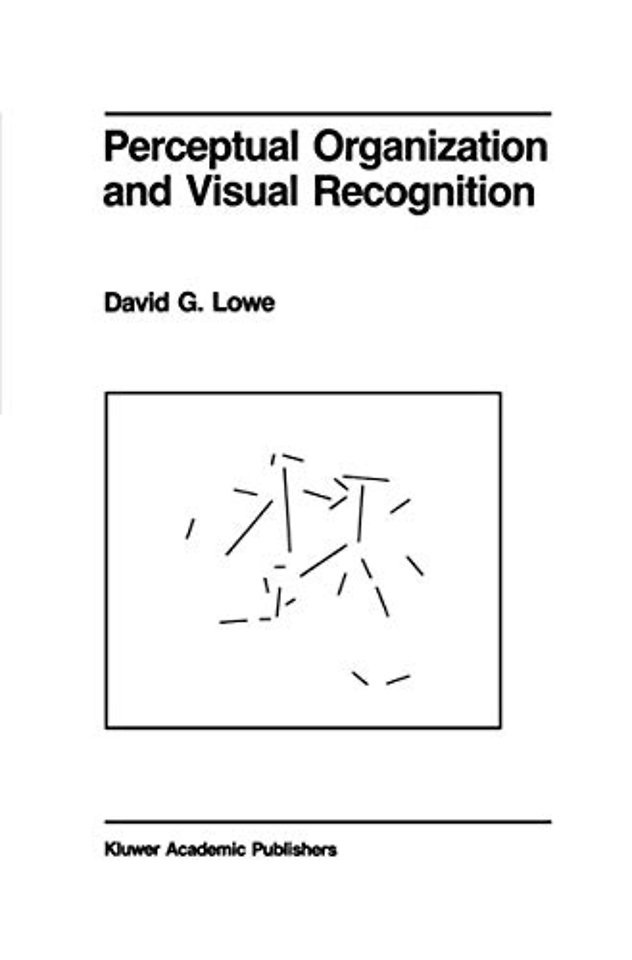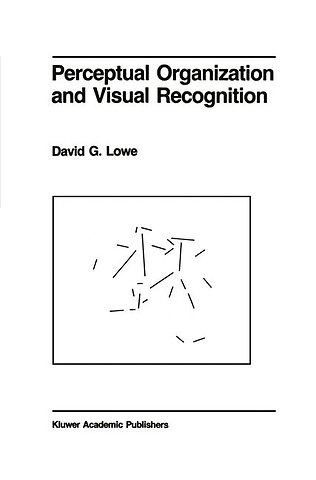Perceptual Organization and Visual Recognition
Gebonden Engels 1985 1985e druk 9780898381726Samenvatting
COMPUTER VISION is a field of research that encompasses many objectives. A primary goal has been to construct visual sensors that can provide general-purpose robots with the same information about their surroundings as we receive from our own visual senses. This book takes an important step towards this goal by describing a working computer vision system named SCERPO. This system can recognize known three-dimensional objects in ordinary black-and-white images taken from unknown viewpoints, even when parts of the object are undetectable or hidden from view. A second major goal of computer vision re search is to provide a computational understanding of human vision. The research presented in this book has many implica tions for our understanding of human vision, particularly in the areas of perceptual organization and knowledge-based recogni tion. An attempt has been made to relate each computational result to the relevant areas in the psychology of vision. Since the material is meant to be accessible to a wide range of inter disciplinary readers, the book is written in plain language and attempts to explain most concepts from the starting position of the non-specialist. vii viii PREFACE One of the most important conclusions ansmg from this research is that visual recognition can commonly be achieved directly from the two-dimensional image without any prelim inary reconstruction of depth information or surface orienta tion from the visual input.
Specificaties
Lezersrecensies
Inhoudsopgave
Rubrieken
- advisering
- algemeen management
- coaching en trainen
- communicatie en media
- economie
- financieel management
- inkoop en logistiek
- internet en social media
- it-management / ict
- juridisch
- leiderschap
- marketing
- mens en maatschappij
- non-profit
- ondernemen
- organisatiekunde
- personal finance
- personeelsmanagement
- persoonlijke effectiviteit
- projectmanagement
- psychologie
- reclame en verkoop
- strategisch management
- verandermanagement
- werk en loopbaan

